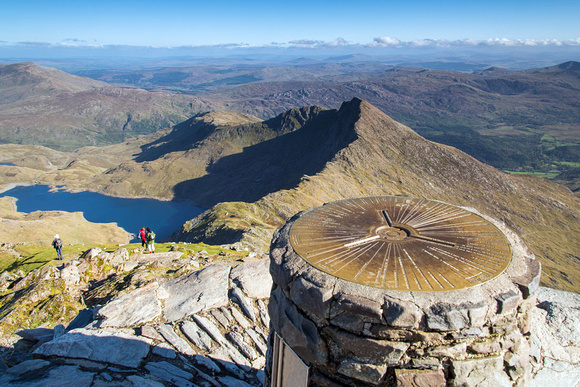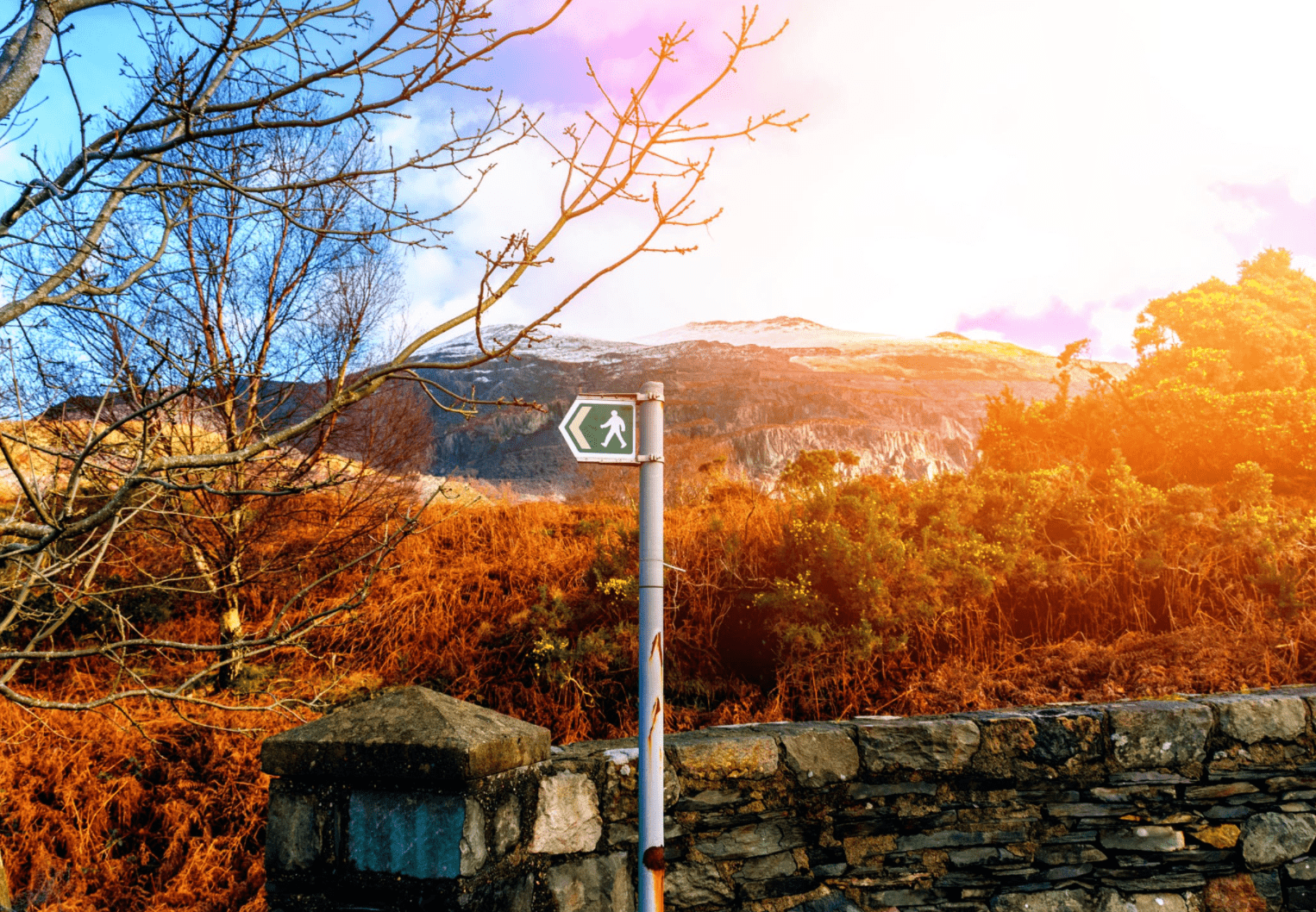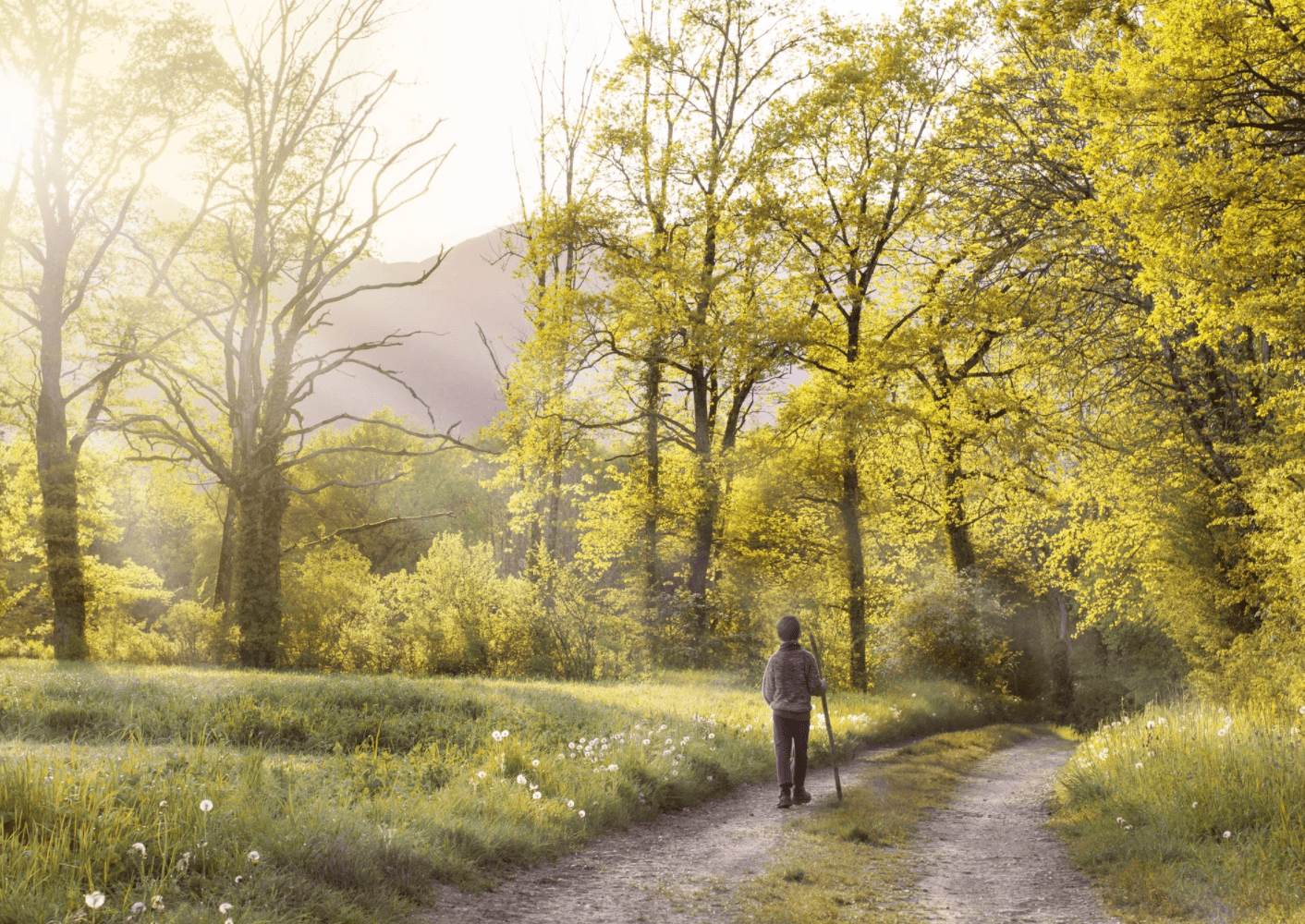
Things are taking a little longer than usual, please bear with us...
Walking In Snowdonia
Read our guide for Walking In Snowdonia and Find and Book experiences, courses, activities and tours! Browse through the list of experiences, either instantly book onto your dates or enquire to book. All you have to do is turn up and enjoy! If you’ve got any questions about any specific experience, send a message and the providers will aim to get back to you as soon as possible. Have a specific experience in mind that we don’t have listed? No problem, drop us a message and we’ll send your quote around to hundreds of the best experience providers nationwide and come back with you the best quote, making it easy for you to make the most of your spare time!
Snowdonia
The first area in Wales to be designated a National Park in 1951, the name of course derives from its highest peak, Snowdon. Covering over 800 square miles and including 37 miles of coastline, the area covers a wide range of landscape. There are nine mountain ranges which together cover just over 50% of the National Park, and include many peaks over 3,000ft. Adhering to the philosophy of ‘what goes up must come down’, as you’d imagine in such a mountainous area there are also some stunning steep river gorges, waterfalls and lush valleys, with woodland scattered across the area. To the west of the Park are several stunning estuaries, notably the Mawddach, Dyfi and Dwyryd.
Walking in Snowdonia
With such an extensive and varied landscape it’s no wonder Snowdonia is recognised as one of the UK’s best walking destinations. From Snowdon itself towards the north end of the National Park to stunning Cadair Idris at the southern end, and all the many beautiful mountains, valleys, rivers and woodlands in between, there’s hiking to suit all tastes in Snowdonia. Some of the highlights include:Snowdon - the highest mountain in Wales and as such it has to have a place here, even if it does get rather overcrowded at times! That doesn’t take away the fact that it has some stunning views from the top, on a clear day stretching out to the Menai Straits and Anglesea beyond. There are various routes to the summit, with the Miners Track and the Pyg Track being the most popular, but nonetheless offering some lovely views and passing the two lakes of Glaslyn and Llydaw. For a less busy route try the Snowdon Ranger Path, and for a real challenge - and not for the fainthearted - try the knife-edge arete of Crib Goch!
Cadair Idris - offering one of Wales’s most stunning views on a clear day, with views both across to the high peaks of Snowdonia to the north, and out across the Mawddach Estuary to Cardigan Bay to the west. The long saddle up to the summit has steep cliffs either side that make for both impressive views from on the top, or an equally impressive backdrop from the turquoise lakes below.
Mawddach Estuary - If climbing Cadair Idris to look out over this stunning estuary feels like a bit too much hard work, then enjoy a more relaxed walk along the estuary itself, following the water the 9 miles from Barmouth at it’s mouth to Dolgellau. With its captivating views across the sands and marshes that adorn its path, the dramatic cliffs of Cadair Idris in the background also provide an atmospheric element to the walk. Enjoy the cafes of Dolgellau before getting the bus back to Barmouth.
Aber Falls - at 120 feet tall this is a magnificent waterfall and best seen in full flow during the winter months, when the rapids also cascade over the rocks of Afon Rhaeadr Fawr. The falls are located in the northern edge of the National Park, close to Abergwyngregyn in the Coedydd Aber National Nature Reserve
Llyn Peninsula - with it’s lush valleys jutting out into the Irish Sea the Llyn Peninsula is something special, and it’s well worth the effort to scale Yr Eifl for the views across the Menai Strait. The small peaks here are a bit of a scramble though, so take a lower route to avoid these if uncertain.
Llanbedr Woods - for somewhere a bit different and more enclosed than other hikes in the area, try the beautiful Llanbedr Woods, part of the Coed Crafnant North Wales Wildlife Trust Nature Reserve. This ancient woodland adorns the hillsides above Afon Artro and are a reminder of the temperate forest that once dominated the landscape both here and across most of Wales.

What to Wear for Hiking?
Getting the right hill walking equipment can be the difference between a fantastic day out and 50 shades of grim, or in a worst scenario an embarrassing call to mountain rescue. So what is essential walking kit? This differs based on where you’re going hill walking and what the weather is.The climate can change very quickly in the UK, so essential walking clothing will protect you for all weathers. As one of the main hill-walking legends himself put it “There's no such thing as bad weather, only unsuitable clothing”, Alfred Wainwright. Make sure you’ve got full body waterproofs, both a jacket and trousers. Take a carrier bag to waterproof out your bag. And add a carrier bag to protect essential items like your phone. Make sure you're wearing appropriate footwear for the terrain. And don’t underestimate how much of a beating they can take climbing hills, especially with rocks or scrambling. Bring spare warm layers such as a hat, gloves, neck scarf and spare fleece and warm clothes (enough to make you feel warm when not on the move).

What to Pack for Hiking or Long Walks?
Depending on the conditions of your walk you’ll need to pack differently. If you’re going on a route that’s not well marked make sure you have the means to navigate.- Navigation tools: a map with a compass (even if it’s a backup to your digital tools), for the worst case scenario of the digital navigation tools running out of battery.
- Mobile phone: fully charged. Don’t rinse through the battery using instagram in case you need to call for emergencies.
- Take a good backpack, preferably with a built in hydration system so you can constantly take on water as you move, making it easier to stay hydrated throughout the day.
For Long Distance or Mountain Walks:
- First Aid Kit and Medicines: very important if going up particularly challenging terrain
- Head touch and spare batteries: In case it gets dark due to the sun setting or a storm setting in, a head torch can be very useful, if not vital.
- Group Shelter: can be used to set up quick camp, in the case of an almost immediate storm, should you wish to shelter temporarily.
- A whistle: In case fog sets in and you need to help others find you.
For Winter Mountaineering:
- Crampons and Ice axe: for winter mountaineering, the use of crampons to get grip on snow and ice, and ice axes to aid with grip can be used. It’s essential to practice using these before going on a mountaineering expedition as they can take some getting used to.
- Walking poles: Not always essential, but can be used to take weight off your feet and ease impact on your knees and hips. They can help with keeping good posture and can make it easier to walk if used correctly.
- Belay device, harness and ropes: If going up particularly challenging, steep areas or ridges with big drop-offs, sometimes the use of ropes can aid safety in the case of an accidental fall. If climbing, these are essential pieces of kit.
Other searches
- Walking In UK
- Outdoor Activities In Snowdonia
- Watersports In Snowdonia
- Walking In Snowdonia
- Cycling In Snowdonia
- Canoeing and Kayaking In Snowdonia
- Rock Climbing In Snowdonia
- Stand Up Paddle Boarding In Snowdonia
- Adventure Holidays Near Snowdonia
- Kayaking Holidays Near Snowdonia
- Surfing Near Snowdonia
- Things To Do With Kids In Snowdonia
- Things To Do With Dogs Snowdonia
Your journey to easier and more powerful ticket sales starts here
Quick sign-up, no obligations
Try for freeSolutions
Industries
© Copyright Beyonk Limited
Registration Number 11994212 (England and Wales)
